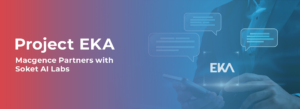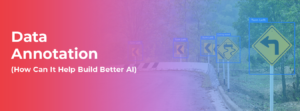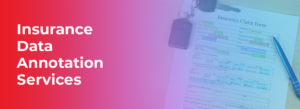Unlocking the Power of Sensor Data Annotation
In this fast-paced world, where data drives all technological advancements, there is a surge to accurately collect and interpret the data. One of the ways was by IoT(Internet of Things). The aim of IoT was to be able to connect objects (things) together over a network. But we digress, this post will talk about a fundamental part of IoT—Sensor Data Annotation.
In this article, you are going to discover why sensor data annotation is important, what it is, and many more. With just a few minutes of your time, we will unlock the concept of sensor data annotation.
Table of Contents
What is Sensor Data Annotation?

Before we talk about what sensor data annotation is, let’s look at the meaning of sensor data.
Sensor data is the result obtained after a sensor device has completed its detection of the environment. In simple terms, when a sensor device sends out light waves to detect the environment around it, the feedback it receives is what is known as sensor data.
But what happens after sensor data is collected? Well, it must be filtered and processed to serve its purpose. One of the ways to process sensor data is sensor data annotation.
Sensor Data Annotation is the process of tagging or labeling the data obtained from sensor devices such as GPS, LiDAR, etc. Simply put, sensor data annotation is the process of adding metadata or tags to data, to make it easier for computers to understand.
Importance of Sensor Data Annotation

As we know, without Data Annotation, every image will be the same to the computer as they do not have the ability to process it on their own.
The same instance similarly applies to sensor data annotation. Consequently, without sensor data annotation, it will be difficult to train sensor devices to deliver accurate results.
The main importance of sensor data annotation is to help machines understand and detect certain patterns in sensor data such as inconsistency, anomalies, or trends.
Types of Sensors
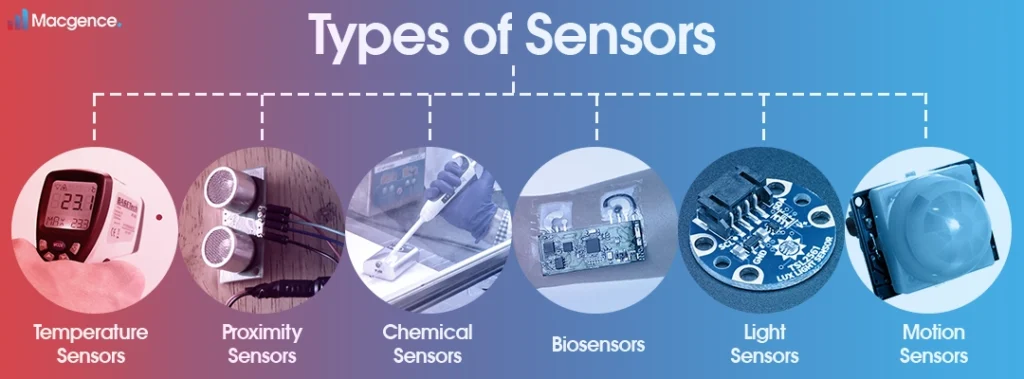
Sensors are applied airborne and terrestrial. Depending on the sensor’s purpose, it is named accordingly. The following are some types of sensors:
- Temperature Sensors: These are used to detect the change in temperature of the environment or a particular place. Examples are thermocouples and infrared sensors.
- Proximity Sensors: are used to detect the presence or absence of an object when it’s within range of the sensor. Ultrasonic sensors use sound to detect objects around them.
- Chemical Sensors: a type of sensor that detects the chemical composition in the environment—either gas or liquid state, and produces results.
- Biosensors: These are used in Biomedicine or biotechnology, to detect the biological components of an organism. For instance, we have optical heart rate sensors that use infrared light to monitor how the arteries expand.
- Light Sensors: detect the density of light in an environment. It can be used to measure how bright a light is or to further convert light into electricity.
- Motion sensors: These are widely used around the world in most corporations. Specifically, they detect movement in an environment. Moreover, motion sensors are mainly used for surveillance and security purposes.
So, Above are a few types of sensors, and the data obtained from them is called Sensor data. Let’s look at how sensor data annotation works.
How does Sensor Data Annotation work?

Before sensors are able to collect information from their environment, they must consist of the following:
- A designated camera (not compulsory for all sensors)
- A processor to convert the information collected into digital format
- Storage space, either physical(hard drive, memory cards) or cloud-based.
- A power supply
Primarily, sensor data is used in the field of IoT. IoT strives to make the world more interconnected seamlessly. Also, with artificial intelligence, the need for sensor data has surged.
You may be asking why. Well, the reason is that sensor data is needed to train AI models. Moreover, by being made solely to capture many forms of data, sensors are undeniably fundamental in this technological age.
After collecting sensor data, it needs to be correctly processed to be able to train AI/ML models. This process is sensor data annotation. By applying human and technological techniques to properly label sensor data, will it reduce the error margin. Additionally, sensor data can be in various forms like text, images, audio, and video.
Conclusion
Sensor data annotation is a fundamental part of this digital age. Additionally, its application in IoT and AI devices ensures they reach their full potential. Therefore, be sure to elevate your AI models with Macgence.
Get Started with Macgence

Get started with Macgence, your ultimate destination for human-generated sensor data annotation solutions. OOur services encompass text, image, video, and audio annotation, thus catering to all your machine learning and AI endeavors. Furthermore, with Macgence, you’re assured of scalability, allowing us to handle projects of any size, while ensuring on-time delivery. So, We take pride in providing superior annotation quality, as our skilled annotators meticulously label your data to optimize model performance and our commitment to zero internal bias ensures fairness and neutrality in annotations, enhancing your AI systems’ integrity. Regardless of your industry, Macgence’s cross-industry compatibility ensures customized solutions tailored to your specific needs. Start today and experience the power of human-generated sensor data annotation at Macgence.
Frequently Asked Questions (FAQ’s)
Q1. What are the types of sensor data?
Q2. How are sensor data collected?
Q3. What is sensor data annotation?
You Might Like
February 28, 2025
Project EKA – Driving the Future of AI in India
Spread the loveArtificial Intelligence (AI) has long been heralded as the driving force behind global technological revolutions. But what happens when AI isn’t tailored to the needs of its diverse users? Project EKA is answering that question in India. This groundbreaking initiative aims to redefine the AI landscape, bridging the gap between India’s cultural, linguistic, […]
March 7, 2025
What is Data Annotation? And How Can It Help Build Better AI?
Spread the loveIntroduction In the world of digitalised artificial intelligence (AI) and machine learning (ML), data is the core base of innovation. However, raw data alone is not sufficient to train accurate AI models. That’s why data annotation comes forward to resolve this. It is a fundamental process that helps machines to understand and interpret […]
March 6, 2025
Vertical AI Agents: Redefining Business Efficiency and Innovation
Spread the loveThe pace of industry activity is being altered by the evolution of AI technology. Its most recent advancement represents yet another level in Vertical AI systems. This is a cross discipline form of AI strategy that aims to improve automation in decision making and task optimization by heuristically solving all encompassing problems within […]
March 5, 2025
Use of Insurance Data Annotation Services for AI/ML Models
Spread the loveThe integration of artificial intelligence (AI) and machine learning (ML) is rapidly transforming the insurance industry. In order to build reliable AI/ML models, however, thorough data annotation is necessary. Insurance data annotation is a key step in enabling automated systems to read complex insurance documents, identify fraud, and optimize claim processing. If you […]

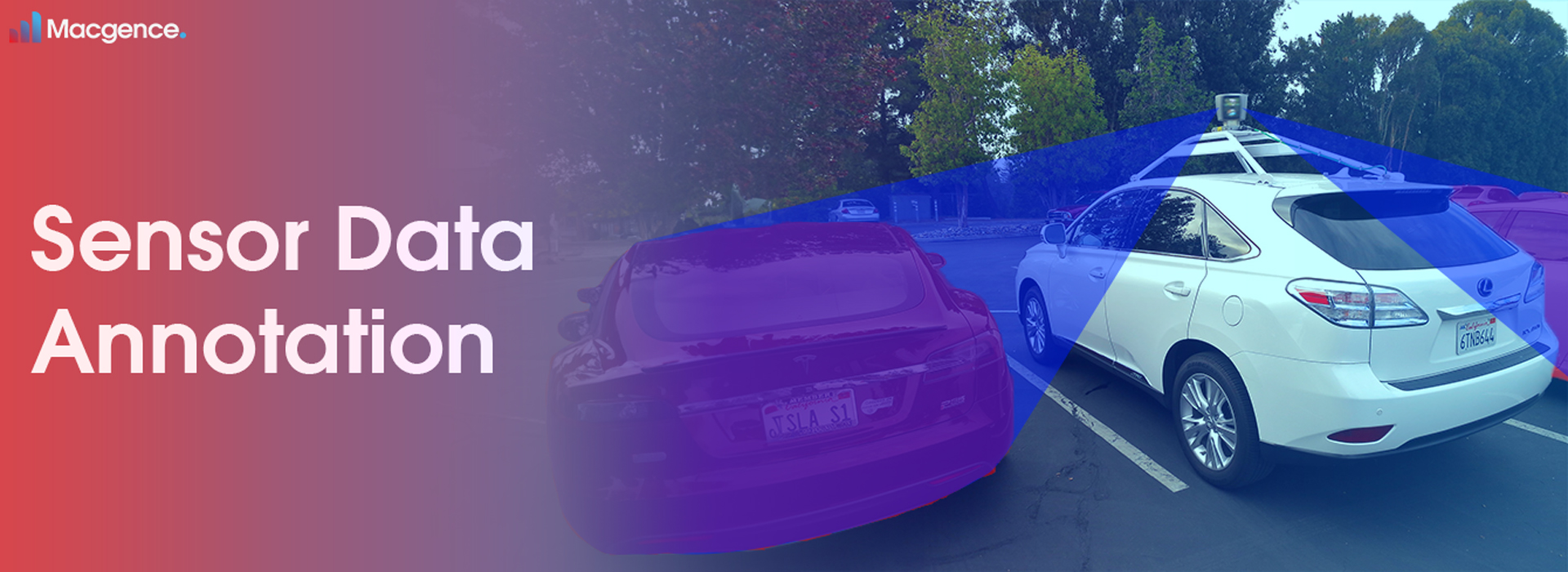
 Previous Blog
Previous Blog




